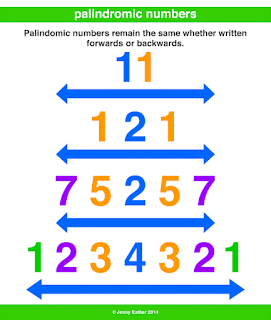C Programing !!!
Solution:-
#include<stdio.h>#include<conio.h>
void main(){
int akshay,bhavik,dhansree;
clrscr();
printf("Enter ages of Akshay,Bhavik,Dhanshree");
scanf("%d %d %d",&akshay,&bhavik,&dhanshree);
if(akshay<bhavik)
{
if(akshay<dhanshree)
printf("Akshay is Younger");
else
printf("Dhanshree is Younger");
}
else
{
if(bhavik<dhanshree)printf("Bhavik is Younger");
else
printf("Dhanshree is Younger");
}
getch();
}



Thanks alot but code is when I want compiler side void main()
ReplyDeleteAnd cirscr() so what wrong me tell please
Can you please explain your problem
Deleteit is not compulsory to use clrscr()
Deleteyes
Delete